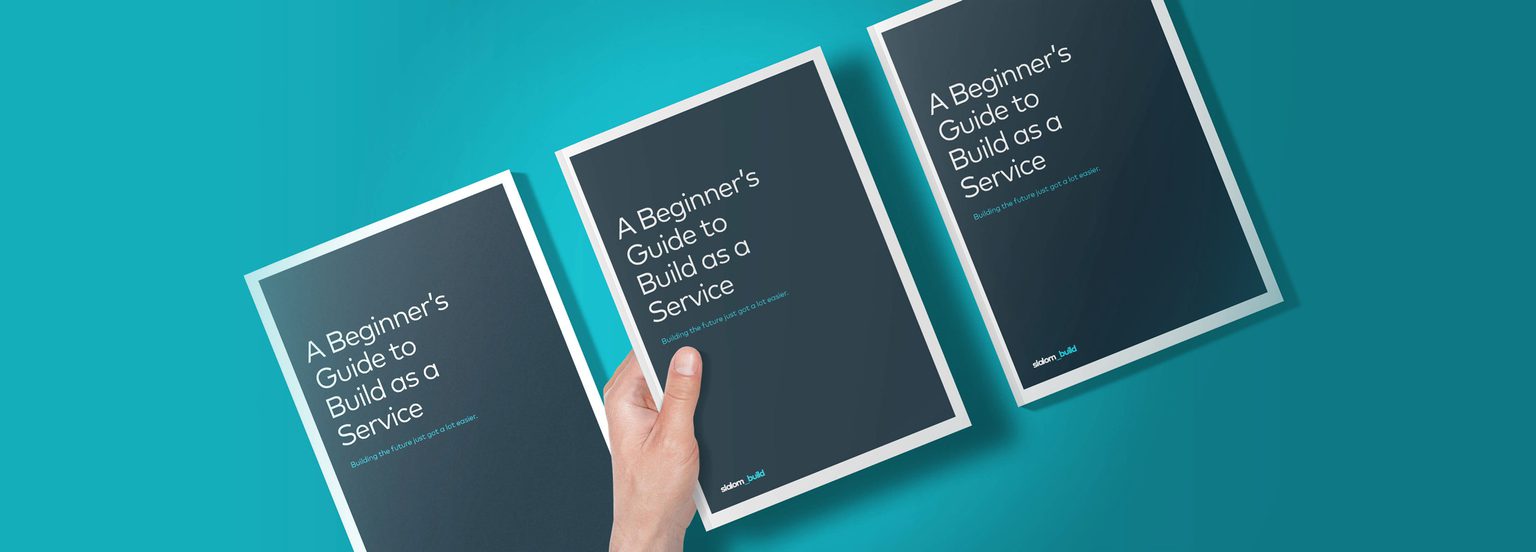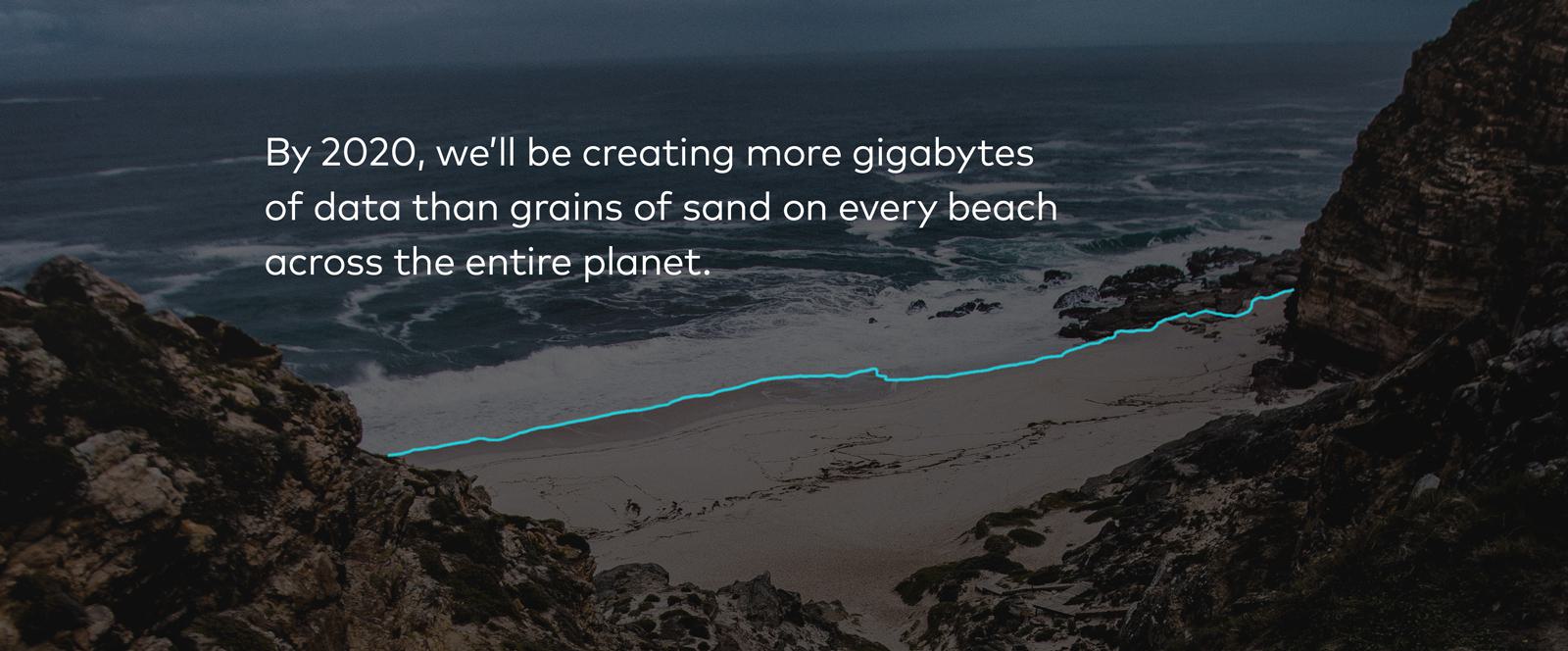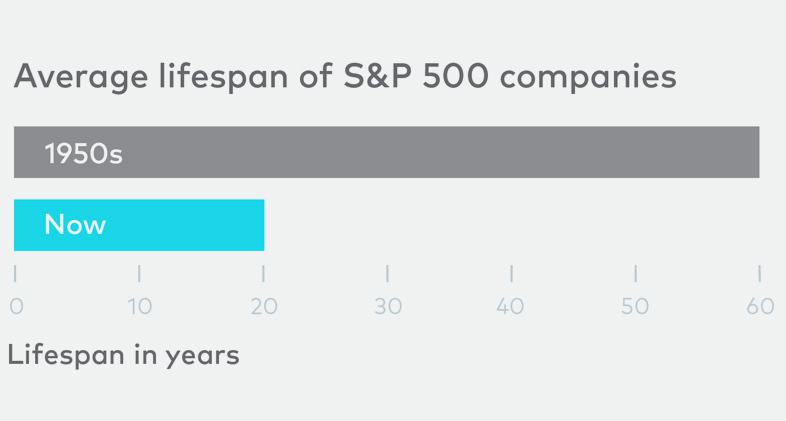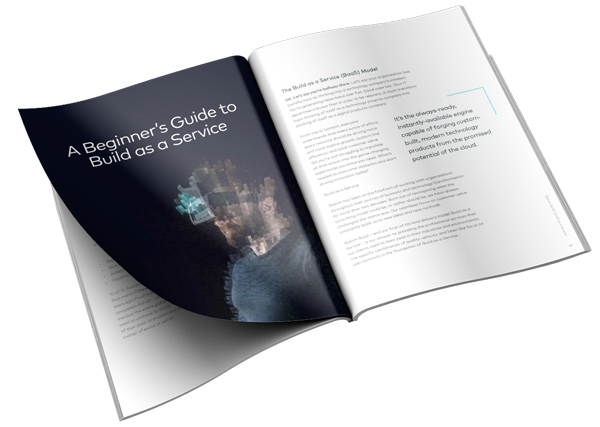
Whitepaper
Beginner’s Guide to BaaS
Here’s the situation
Every company is a technology company. Or they better become one soon in order to compete tomorrow.
Yes, even yours.
In this whitepaper, you’ll learn how Build as a Service can help your organization build the kind of modern technology that will completely change your business, your industry, and your future. We’ll give you the tools you need to take those first technology-building steps, so you can confidently move forward and build what’s next, now.
It’s no secret. Technology has woven its way into nearly every aspect of our daily lives. Quickly. Pervasively.
From always-on mobile phones and apps to digitally driven businesses like Uber and Netflix to even the most mundane tasks like banking and grocery shopping – we’ve come to expect lightning speeds and very little human interaction. In fact, we’ve almost completely eliminated dozens of job functions. Telephone support staff, bank tellers, travel agents, and so many others, have gone the way of the blacksmith. All in the pursuit of a technology-driven life that’s faster, more intuitive, and cost-effective.
Truth is, there’s an ever-expanding list of the ways technology is shaping our society. And smart businesses know that all that tech muscle must come to the forefront in their strategy in order to grow, differentiate, and thrive in today’s economy.
And the fuel for this seemingly overnight transformation to the very core of how we do business? Information. Lots of it. Actually, all of it. Unimpeded access to not only the entirety of the world’s historical knowledge, but every bit and byte we’re currently producing. In real time. It’s a veritable firehose of information pointed directly at each and every one of us, and it’s on full blast.

Hal Varian, Chief Economist at Google, put it best: “Between the dawn of civilization and 2003, we only created five exabytes [of data]; now we’re creating that amount every two days. By 2020, that figure is predicted to sit at 53 zettabytes (53 trillion gigabytes) – an increase of 50 times.”*
53 trillion gigabytes.
That’s more gigabytes of data than grains of sand on every beach across the entire planet. And it’s on pace to double every two years!
It doesn’t take a crystal ball to see that the existence and availability of all that information changes everything about everything.
But where does all this information come from? Where is it stored? How is it being used? And really, who is creating it? Well, we’re creating it, of course. All of us. Every time we use one of those fancy new digital experiences that none of us can live without. In fact, we create more data in a single online shopping excursion than retailers ever had on their customers over a lifetime of service.
With every click, every search, every app tap and buy now – all that data helps us better understand consumer patterns, better streamline a B2C experience, and ultimately makes it easier for customers to find (and buy and rent and use) what they want, when they want it. To put it simply, business – all business – has changed immensely, irrevocably over the last 20 years.
There is now an efficient, self-fulfilling cycle that drives new behaviors in both organizations and consumers. It’s a cycle that also fuels the rapid use and advancement of technology in our lives – both personal and professional.
First, modern software gives us more and more information about how people interact with their devices and destinations. Next, mounds of data are captured and analyzed – sometimes even in real time. Finally, that analysis is used to enhance the existing experience and/or create a completely new one in the future.
Organizations are forced to think differently about how they bring digital experiences to life. They must now become user-centric in everything they do. They need to find ways to use technology and information to disrupt the world – not to mention their own industries.
Technology is truly changing new and old businesses alike. In fact, the average lifespan of a company that was on the S&P 500 in the 1950s was 60 years. The average lifespan in 2018? A full four decades shorter – under 20 years!
What’s more, only 12 percent of the companies that were on the S&P 500 in 1955 are still on the list today. And by 2040, fewer than 10 percent will exist from today’s list. Think of it, ten of the twelve companies listed below will have merged, or folded, or just simply won’t remain successful enough to stay on the S&P 500.
- Apple Co.
- Microsoft Corp.
- Amazon.com Inc.
- Facebook Inc.
- Berkshire Hathaway
- JP Morgan Chase & Co.
- Netflix Inc.
- AbbVie Inc.
- Best Buy Co., Inc.
- Comcast Corp.
- Texas Instruments Inc.
- Johnson & Johnson

10 of 12. And did you notice any commonalities? How about the fact that many of these companies were not anywhere near this list 25 years ago! Proof positive that successful companies can completely disrupt – and even reinvent – their industries, not to mention the entire global economy. All that is to say: if companies want to continue to thrive, they simply cannot rest on the successes of their past. Innovation and evolution are imperative. It really is a matter of evolve or perish.
Why is change accelerating at this pace right now?
WHITEPAPER
Download the Beginner's Guide to Build as a Service
